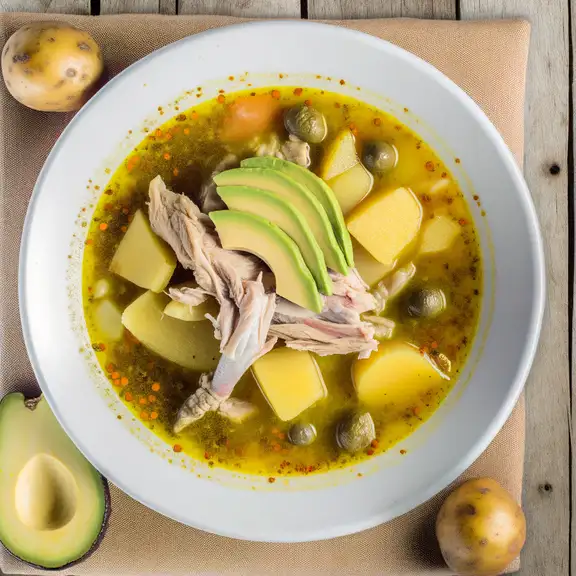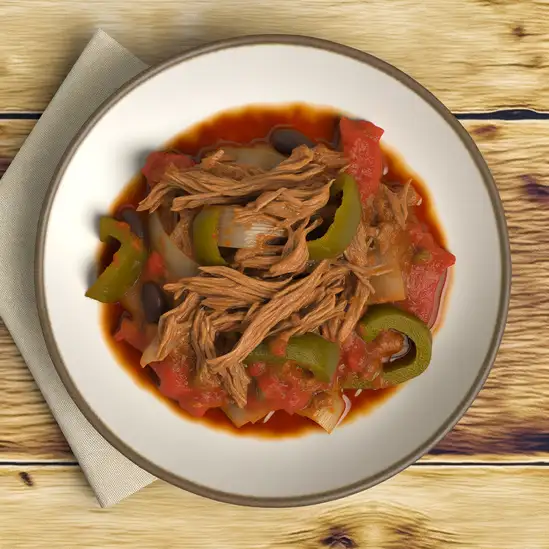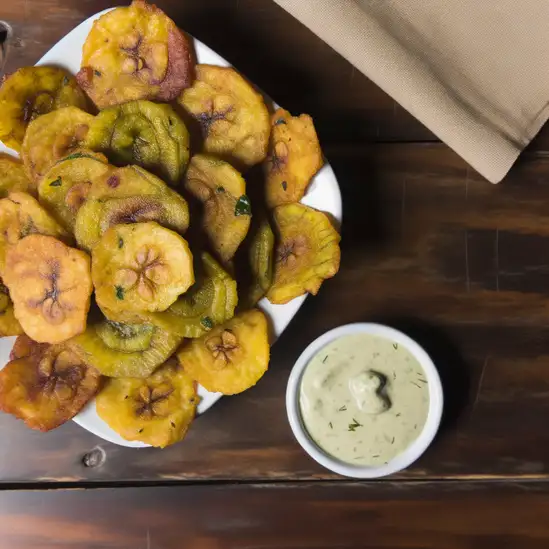



If you find yourself wandering through Cuba,Camagüey is a city that wraps you in its slow,rhythmic heartbeat the moment you arrive. Unlike the bustling tourist spots,here the streets twist and turn like a labyrinth,inviting you to get a little lost and discover unexpected courtyards,colorful colonial buildings,and lively plazas where locals gather. There’s a gentle hum of life—children’s laughter,the clatter of horse-drawn carriages,and the distant strum of a guitar—that feels both timeless and alive. Walking through Camagüey,you’ll notice the scent of fresh coffee mingling with the earthy aroma of rain on cobblestones. The city’s character is deeply rooted in its art and culture; murals splash vibrant stories across walls,and small galleries showcase the work of passionate local artists. Stop by a café and sip on a rich,dark espresso while watching the world drift by,or grab a plate of ropa vieja that tastes like it’s been simmered with love for hours. What makes Camagüey truly special is its warmth—the people here are open and curious,eager to share their stories and traditions. Whether you’re chatting with a street vendor or joining a spontaneous dance in a plaza,you’ll feel like you’re part of something genuine. It’s a city that doesn’t rush you,but instead invites you to slow down,breathe in its history,and savor the simple,beautiful moments that make travel unforgettable.
The information on this page is currently being reviewed by Tripkliq and should be used as a guide only
Eng word: Hello
Eng pronunciation: OH-lah
Local language: Hola
Eng word: Goodbye
Eng pronunciation: ah-DYOS
Local language: Adiós
Eng word: Thank you
Eng pronunciation: GRAH-syahs
Local language: Gracias
Eng word: How much
Eng pronunciation: KWAN-toh KWEH-stah
Local language: ¿Cuánto cuesta?
Eng word: Toilet
Eng pronunciation: BAH-nyoh
Local language: Baño
Eng word: Help me
Eng pronunciation: ah-YOO-dah-meh
Local language: Ayúdame
Eng word: Yes
Eng pronunciation: SEE
Local language: Sí
Eng word: No
Eng pronunciation: NO
Local language: No
Eng word: Excuse me
Eng pronunciation: pehr-DOHN
Local language: Perdón
Camagüey was founded in 1514 by Spanish colonists under the name Santa María del Puerto del Príncipe. It was one of the original seven settlements established by the Spanish in Cuba.
Camagüey is known for its labyrinthine layout, designed to confuse pirates. The city's narrow, winding streets and alleys are a unique feature that sets it apart from other Cuban cities.
In 2008, the historic center of Camagüey was designated a UNESCO World Heritage Site. The area is celebrated for its well-preserved colonial architecture and urban layout.
One of the most picturesque squares in Camagüey, Plaza San Juan de Dios is surrounded by colorful colonial buildings and features a beautiful church and former hospital dating back to the 18th century.
Camagüey is famous for its large earthenware jars known as 'tinajones.' These jars were originally used to collect and store rainwater and have become a symbol of the city.
Ignacio Agramonte, a national hero in Cuba's fight for independence from Spain, was born in Camagüey. The city's main park, Parque Ignacio Agramonte, is named in his honor and features a statue of him.
The Teatro Principal, built in 1850, is one of the oldest theaters in Cuba. It continues to host a variety of cultural performances, including ballet, theater, and concerts.
This beautiful cathedral, located in the heart of Camagüey, dates back to the 18th century. It is dedicated to Our Lady of Candelaria, the patron saint of the city.
Casa de la Trova is a popular venue in Camagüey where visitors can enjoy traditional Cuban music. It offers a vibrant atmosphere and showcases local musicians.
In Camagüey, the most common Power Adaptor is Type A, Type B.



A hearty stew made with a variety of meats, vegetables, and root vegetables, often including corn and potatoes, reflecting the rich agricultural heritage of the region.

Shredded beef cooked in a savory tomato sauce with bell peppers and onions, typically served with rice and black beans.

Twice-fried green plantains that are crispy on the outside and soft on the inside, often served as a side dish or snack.

A creamy caramel custard dessert that is a staple in Cuban cuisine, known for its smooth texture and rich flavor.

Boiled cassava root served with a garlicky citrus sauce, a popular side dish that complements many main courses.

A traditional dish of black beans and white rice cooked together, symbolizing the historical coexistence of different cultures in Cuba.

Slow-roasted marinated pork leg, known for its crispy skin and tender meat, often served during festive occasions.
Imagine stepping into a place where time seems to slow down,yet every corner buzzes with life—that’s Havana. The city greets you with a warm,sun-soaked embrace,where pastel-colored buildings wear their peeling paint like badges of history. Walking through its streets,you’ll hear the soulful strum of a guitar mingling with the distant chatter of locals sharing stories over strong Cuban coffee. The air carries a mix of salty sea breeze,sweet tobacco,and the faint aroma of frying plantains from street vendors.
Havana’s character is a beautiful blend of resilience and celebration. Classic American cars,polished to a shine,cruise alongside vintage bicycles,creating a moving museum of the past. The city pulses with music—whether it’s the lively beats spilling out of a neighborhood bar or the soft rhythms of a late-night jazz club. People here have a way of making you feel like you belong,inviting you to dance,laugh,and savor life’s simple pleasures.
Don’t miss the chance to sip a perfectly crafted mojito in a sunlit plaza,watching the world drift by. Taste the rich,smoky flavors of Cuban cuisine,from ropa vieja to fresh seafood caught that morning. Havana isn’t just a place to visit; it’s a place to feel alive,to soak in stories etched into every brick and smile. Trust me,once you’ve wandered its vibrant streets,Havana’s spirit stays with you long after you leave.
Imagine stepping into a place where the sun kisses your skin and the ocean breeze carries the scent of salt and tropical blooms—welcome to Varadero,Cuba. This isn’t just a beach town; it’s a vibrant stretch of life where turquoise waters lap against powdery white sands,inviting you to slow down and soak it all in. The rhythm of the waves blends with the distant hum of salsa music drifting from open-air cafes,creating a soundtrack that feels both lively and laid-back.
Walking through Varadero,you’ll notice the colorful buildings with their faded pastel hues,each telling stories of a rich Cuban heritage. Locals greet you with warm smiles and a friendly “¡Hola!” as they go about their day,whether it’s selling fresh mangoes or crafting handmade cigars. The air is thick with the aroma of grilled seafood and sweet tropical fruits,tempting you to try a plate of ropa vieja or sip on a perfectly mixed mojito while watching the sun dip below the horizon.
What makes Varadero truly special is its blend of natural beauty and genuine Cuban spirit. It’s a place where you can lounge under swaying palms,dive into crystal-clear waters teeming with colorful fish,and then wander into town to experience the lively markets and vibrant street life. It’s not just a destination; it’s a feeling—a warm embrace of culture,nature,and simple pleasures that stays with you long after you leave.
If you find yourself wandering through Cuba,Cienfuegos is a place that quietly steals your heart without shouting for attention. There’s a gentle rhythm here,a laid-back elegance that feels like a slow dance between the sea breeze and colonial charm. As you stroll along the waterfront Malecón,the salty air mingles with the faint scent of grilled seafood from nearby paladares,while the soft hum of classic Cuban tunes drifts from open windows. It’s a city that invites you to pause,breathe,and soak in its graceful blend of history and everyday life.
The architecture is a feast for the eyes—French-inspired neoclassical buildings painted in pastel hues,their balconies draped with flowering vines. Walking through the central Parque José Martí,you’ll catch locals chatting animatedly,children playing,and the occasional street musician strumming a guitar,all under the warm Cuban sun. There’s a genuine warmth in the smiles here,a sense of community that feels both timeless and welcoming.
What really sets Cienfuegos apart is its balance of culture and calm. You can spend your mornings exploring the elegant Teatro Tomás Terry or the quirky Museo Provincial,then lose yourself in the vibrant colors of the local market. And when evening falls,the city lights up with a soft glow,inviting you to sip a cold mojito while watching fishing boats bob gently in the bay. Cienfuegos isn’t just a place to visit—it’s a place to feel,to savor,and to remember long after you’ve left.
If you ever find yourself wandering through Cuba,you absolutely have to spend some time in Municipio de Trinidad. The moment you step onto its cobblestone streets,there’s this warm,timeless energy that wraps around you like a familiar song. The pastel-colored colonial buildings,with their wrought-iron balconies and blooming bougainvillea,create a picture-perfect scene that feels like stepping back into the 18th century—but with a lively,modern heartbeat. You’ll hear the distant strum of guitars and the rhythmic pulse of salsa spilling out from cozy cafés,blending with the chatter of locals and the occasional clip-clop of horse-drawn carriages.
The air carries a mix of scents:freshly brewed Cuban coffee,sweet tropical fruits,and the salty hint of the nearby sea. Walking through the plazas,you can’t help but be drawn into the vibrant street life—artists sketching portraits,vendors selling hand-rolled cigars,and the laughter of children playing under the shade of ancient trees. There’s a genuine warmth in the people here; they’re proud of their heritage and eager to share stories about the city’s rich history and culture.
What makes Trinidad truly special is how it balances its past and present. You can explore museums and colonial mansions one moment,then lose yourself in the lively rhythms of a local music night the next. It’s a place where every corner invites you to slow down,soak in the atmosphere,and savor the simple joys of Cuban life. Trust me,once you’ve experienced Trinidad,it stays with you long after you leave.
If you want to feel the heartbeat of Cuba in a way that’s raw,vibrant,and deeply soulful,Santiago de Cuba is where you need to be. This city pulses with a rhythm all its own—music spills out from every corner,from the lively streets to the cozy,dimly lit bars where locals dance with effortless joy. The air carries a mix of salty sea breeze,rich coffee,and the faint,sweet scent of tropical flowers,wrapping you in a warm embrace the moment you arrive.
Walking through Santiago feels like stepping into a living storybook. The colorful colonial buildings,weathered but proud,lean into narrow streets buzzing with chatter and laughter. You’ll hear the clatter of dominoes,the strum of guitars,and the call of street vendors selling fresh mangoes and spicy,smoky street food that tingles your taste buds. There’s a laid-back energy here,a sense of community that invites you to slow down and soak it all in.
What makes Santiago truly unforgettable is its spirit—a blend of Afro-Cuban traditions,revolutionary history,and a passion for life that’s impossible to ignore. Whether you’re exploring the Castillo del Morro overlooking the bay or joining a spontaneous street party,you’ll find yourself swept up in a city that celebrates resilience,music,and warmth. It’s not just a place to visit; it’s a place that stays with you long after you’ve left.
If you ever find yourself wandering through Cuba,Holguín is one of those places that wraps around you like a warm,familiar melody. The moment you step into its lively streets,there’s this unmistakable buzz—a mix of laughter,the distant strum of guitars,and the rhythmic pulse of salsa that seems to seep from every corner. The air carries the sweet scent of tropical flowers mingling with the rich aroma of freshly brewed Cuban coffee,inviting you to slow down and savor the moment.
Holguín isn’t just a city; it’s a celebration of Cuban spirit. The colorful colonial buildings,with their peeling paint and wrought-iron balconies,tell stories of a past that’s alive and breathing. Locals greet you with genuine smiles,eager to share tales of their city’s history or recommend the best spot for a plate of ropa vieja or a refreshing mojito. Walking through the central park,you’ll catch the chatter of families,the clinking of domino tiles,and the occasional burst of spontaneous street music that makes you want to join in.
What makes Holguín truly special is its blend of vibrant culture and natural beauty. Just beyond the city,lush hills roll gently under the Cuban sun,and nearby beaches offer a quiet escape where the turquoise waves kiss the shore. It’s a place where every sense is awakened,and every moment feels like an invitation to connect—with the land,the people,and the rhythm of life itself.
Tourists with reservations at a specific casa particular (private accommodation) are redirected by scammers to a different, lower-quality one under false pretenses.
Tourists are sold bottles of 'authentic Cuban rum' that are actually filled with low-quality or fake alcohol.
Tourists are tricked during currency exchanges, often receiving outdated or lower-value Cuban pesos instead of the correct currency.
Scammers claim to be collecting money for schools, hospitals, or other charitable causes, but pocket the donations.
Tourists are approached by locals offering 'authentic Cuban cigars' at a fraction of the price. These are often counterfeit or of very poor quality.
Locals pose as official tour guides and charge tourists for subpar or unnecessary tours.
Locals befriend tourists, offering to show them around or take them to the best spots, only to demand money or lead them to overpriced establishments where they get a commission.
Some taxi drivers, especially unlicensed ones, overcharge tourists by not using meters or quoting inflated prices.
Some restaurants add extra items or inflate prices on the bill, assuming tourists won't notice.
Scammers approach tourists with a sob story, often involving sick children or a need for baby formula, and ask for money or goods.
Cuba has very strict laws regarding drug use and possession. The possession, use, or trafficking of illegal drugs is severely punished, with penalties including long prison sentences. Tourists should be extremely cautious and avoid any involvement with illegal drugs to avoid serious legal consequences.
In Camagüey, Cuba, smoking is generally allowed in public spaces, but there are restrictions similar to many other countries. Smoking is prohibited in enclosed public spaces such as restaurants, bars, and public transportation. Tourists should look for designated smoking areas and be mindful of local regulations to avoid fines.
Vaping is treated similarly to smoking in Camagüey. While there are no specific laws targeting vaping, it is advisable to follow the same rules as smoking. This means avoiding vaping in enclosed public spaces and looking for designated areas where it is permitted.
What are other people saying about Camagüey?
Recent Social posts about Camagüey
There is nothing to show you for now.